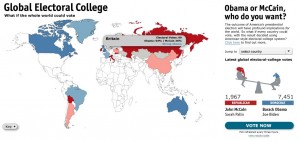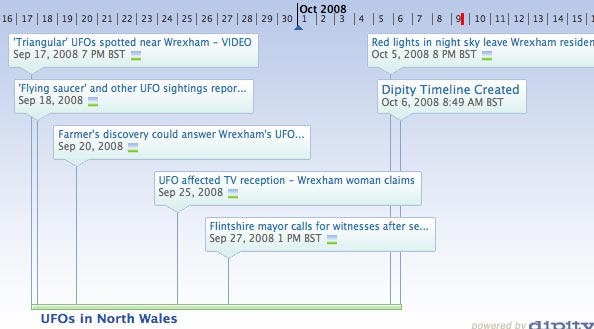We could hardly resist putting this pretty map up here, and the motive behind its design makes it even better. The reason is arrived in our inboxes today is because the Economist is inviting the world to vote in the American presidential election in its Global Electoral College (GEC) – we can dream that it would have an impact, at least.
Now, this isn’t some kind of ‘let’s influence the silly Americans’ à la the Guardian’s G2 2004, but a rather nice re-drawing of the electoral map. In the new version 195 of the world’s countries get a say in the outcome of the next presidential election.

“America’s presidential campaign has fascinated people around the world, the Economist.com’s editor, Daniel Franklin said In the release accompanying the map. “Maddeningly, though, only Americans get to vote. But what if the entire world had a say?”
Although based on the American system, it aims to put pay to the significance of the swing vote (‘there are few countries whose votes in the GEC are a foregone conclusion’). The vote closes November 2 2008 when the results will be announced live in New York.
Online, users can look at the world map to see how each of candidates is doing on a global, and country-by-country basis, and find links to the Economist’s election analysis. Right now it’s looking pretty good for Obama. For starters he has 94 per cent of votes in India, 88 per cent of votes in Britain, and 86 per cent support him in China.
It gets more complicated than this, so visit the website for more details.

